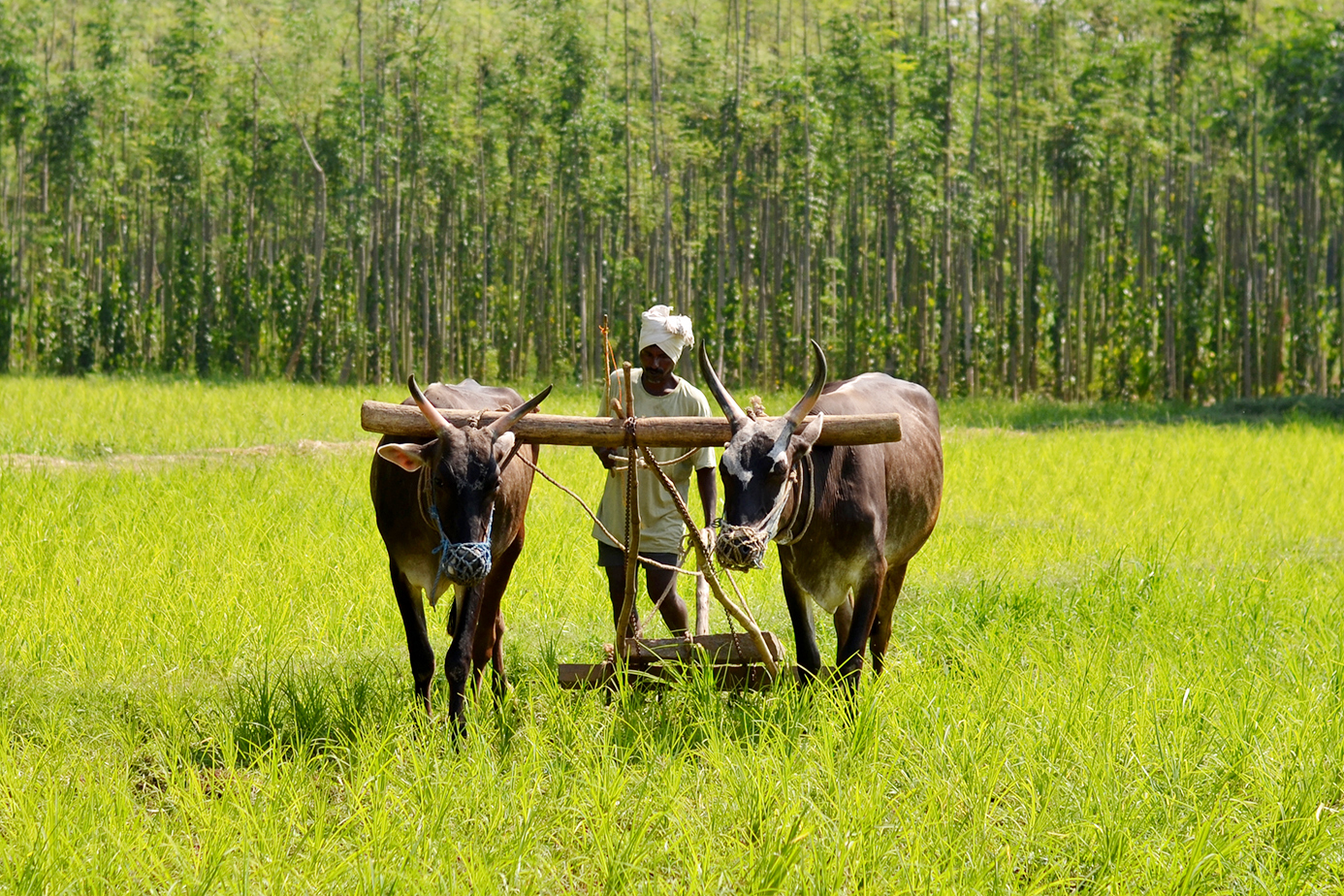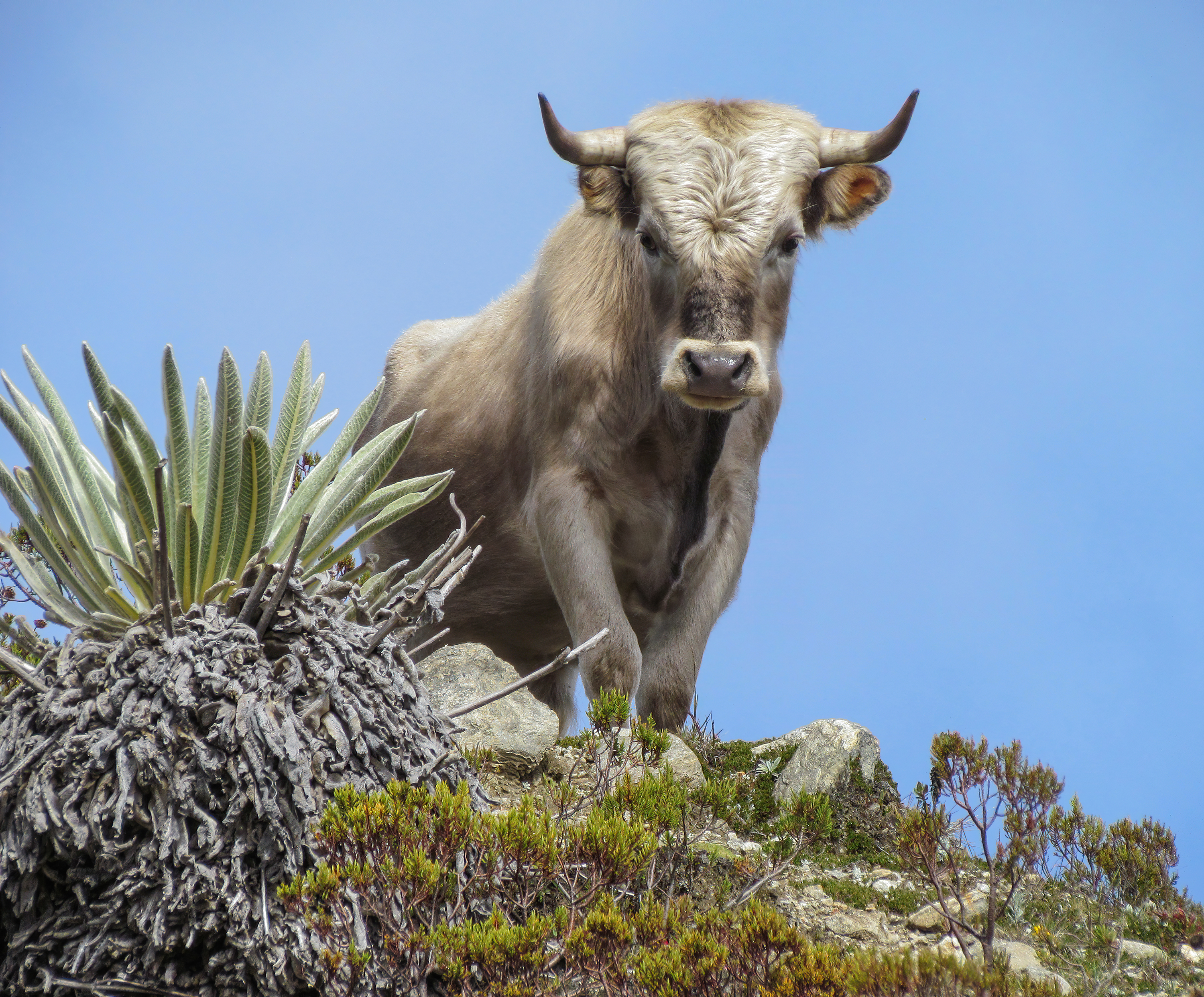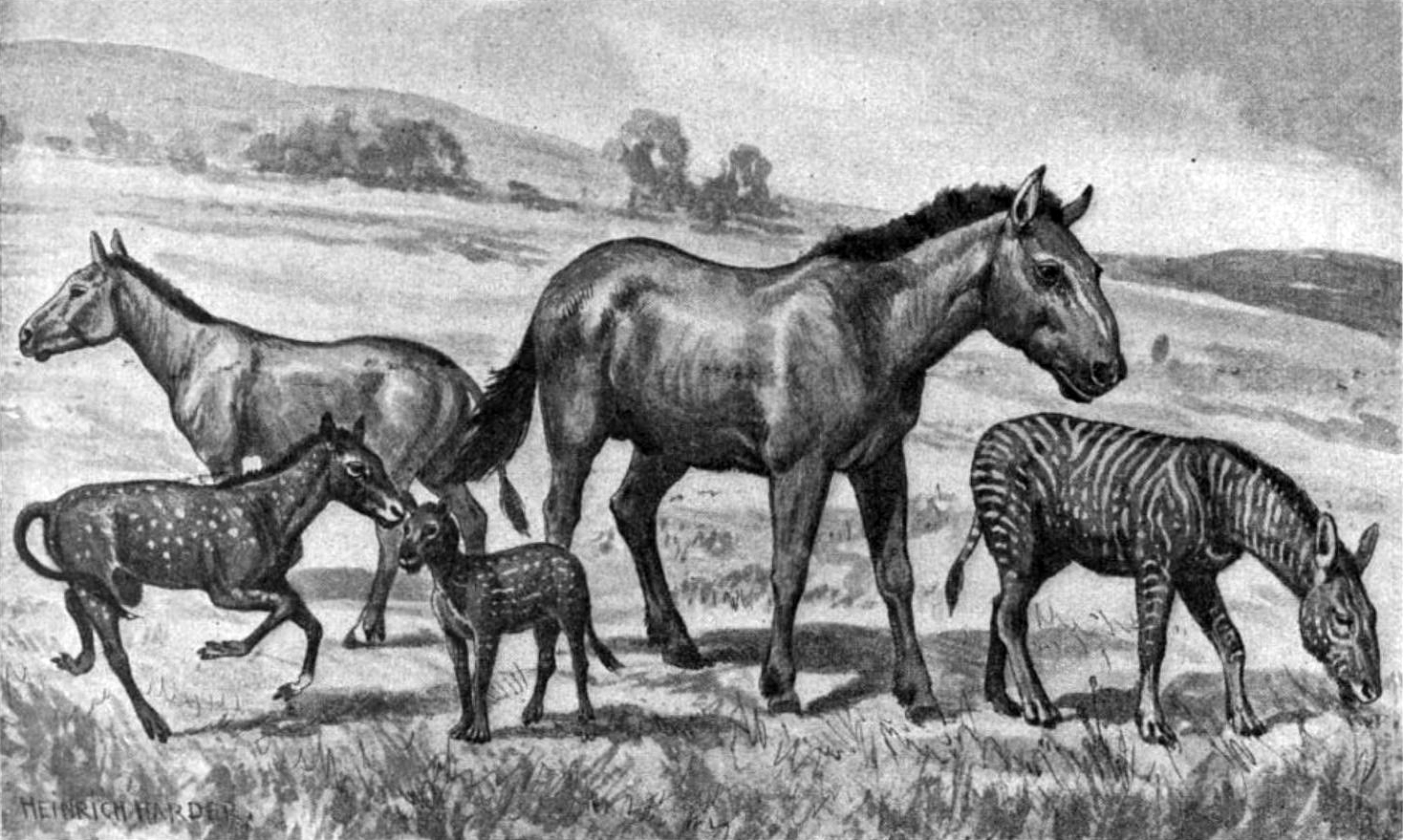|
Donkey
The domestic donkey is a hoofed mammal in the family Equidae, the same family as the horse. It derives from the African wild ass, ''Equus africanus'', and may be classified either as a subspecies thereof, ''Equus africanus asinus'', or as a separate species, ''Equus asinus''. It was domesticated in Africa some years ago, and has been used mainly as a working animal since that time. There are more than 40 million donkeys in the world, mostly in underdeveloped countries, where they are used principally as draught or pack animals. While working donkeys are often associated with those living at or below subsistence, small numbers of donkeys or asses are kept for breeding or as pets in developed countries. A male donkey is known as a ''jack'' or ''jackass'', a female is a ''jenny'' or ''jennet'', and an immature donkey of either sex is a '' foal''. Jacks are often mated with female horses (mares) to produce '' mules''; the less common hybrid of a male horse (stallion) and j ... [...More Info...] [...Related Items...] OR: [Wikipedia] [Google] [Baidu] |
Pack Animal
A pack animal, also known as a sumpter animal or beast of burden, is an individual or type of working animal used by humans as means of transporting materials by attaching them so their weight bears on the animal's back, in contrast to draft animals which pull loads but do not carry them. Traditional pack animals are diverse including camels, goats, yaks, reindeer, water buffaloes, and llamas as well as the more familiar pack animals like dogs, horses, donkeys, and mules. Nomenclature The term ''pack animal'' is traditionally used in contrast to ''draft animal'', which is a working animal that typically pulls a load behind itself (such as a plow, a cart, a sled or a heavy log) rather than carrying cargo directly on its back. For instance, sled dogs pull loads but do not normally carry them, while working elephants have been used for centuries to haul logs out of forests. The term ''pack animal'' can also refer to animals which naturally live and hunt in packs in the wild, such ... [...More Info...] [...Related Items...] OR: [Wikipedia] [Google] [Baidu] |
Moke (slang)
Moke is a term used in the British Isles as slang for "donkey". In Australia it refers to a nag or inferior horse, and is employed by residents of the Hawaiian Islands in similar fashion as the British to derogatorily describe segments of the local Polynesian population. In practice, the word "moke" is similar to "redneck", as it is only used to describe a certain personality type, instead of an entire ethnic group. In literature Later portrayals include W. S. Merwin's ''The Folding Cliffs'', and Paul Theroux's ''Hotel Honolulu''. Also of note is the reference in Captain Joshua Slocum's ''Voyage of the Liberdade'', where the term refers to a native of the Bahamas. J. R. R. Tolkien uses the word in the poem "Perry the Winkle;" e.g., "then all the people went with a will, by pony, cart, or moke". Also see * Moke, definition on Wiktionary * Mook, definition on Wiktionary * Mini Moke, small British utility vehicle (styled "MOKE Moke may refer to: Places * Moke (Bihar, I ... [...More Info...] [...Related Items...] OR: [Wikipedia] [Google] [Baidu] |
Mule
The mule is a domestic equine hybrid between a donkey and a horse. It is the offspring of a male donkey (a jack) and a female horse (a mare). The horse and the donkey are different species, with different numbers of chromosomes; of the two possible first-generation hybrids between them, the mule is easier to obtain and more common than the hinny, which is the offspring of a female donkey (a jenny) and a male horse (a stallion). Mules vary widely in size, and may be of any color. They are more patient, hardier and longer-lived than horses, and are perceived as less obstinate and more intelligent than donkeys. Terminology A female mule that has oestrus cycles, and which could thus in theory carry a foetus, is called a "molly" or "Molly mule", though the term is sometimes used to refer to female mules in general. A male mule is properly called a "horse mule", though often called a "john mule", which is the correct term for a gelded mule. A young male mule is called a "mule co ... [...More Info...] [...Related Items...] OR: [Wikipedia] [Google] [Baidu] |
Working Animal
A working animal is an animal, usually domesticated, that is kept by humans and trained to perform tasks instead of being slaughtered to harvest animal products. Some are used for their physical strength (e.g. oxen and draft horses) or for transportation (e.g. riding horses and camels), while others are service animals trained to execute certain specialized tasks (e.g. hunting and guide dogs, messenger pigeons and fishing cormorants). They may also be used for milking or herding. Some, at the end of their working lives, may also be used for meat or other products such as leather. The history of working animals may predate agriculture, with dogs used by our hunter-gatherer ancestors. Around the world, millions of animals work in relationship with their owners. Domesticated species are often bred for different uses and conditions, especially horses and working dogs. Working animals are usually raised on farms, though some are still captured from the wild, such as dolphins and ... [...More Info...] [...Related Items...] OR: [Wikipedia] [Google] [Baidu] |
Working Animal
A working animal is an animal, usually domesticated, that is kept by humans and trained to perform tasks instead of being slaughtered to harvest animal products. Some are used for their physical strength (e.g. oxen and draft horses) or for transportation (e.g. riding horses and camels), while others are service animals trained to execute certain specialized tasks (e.g. hunting and guide dogs, messenger pigeons and fishing cormorants). They may also be used for milking or herding. Some, at the end of their working lives, may also be used for meat or other products such as leather. The history of working animals may predate agriculture, with dogs used by our hunter-gatherer ancestors. Around the world, millions of animals work in relationship with their owners. Domesticated species are often bred for different uses and conditions, especially horses and working dogs. Working animals are usually raised on farms, though some are still captured from the wild, such as dolphins and ... [...More Info...] [...Related Items...] OR: [Wikipedia] [Google] [Baidu] |
Feral Organism
A feral () animal or plant is one that lives in the wild but is descended from domesticated individuals. As with an introduced species, the introduction of feral animals or plants to non-native regions may disrupt ecosystems and has, in some cases, contributed to extinction of indigenous species. The removal of feral species is a major focus of island restoration. Animals A feral animal is one that has escaped from a domestic or captive status and is living more or less as a wild animal, or one that is descended from such animals. Other definitions include animals that have changed from being domesticated to being wild, natural, or untamed. Some common examples of animals with feral populations are horses, dogs, goats, cats, rabbits, camels, and pigs. Zoologists generally exclude from the feral category animals that were genuinely wild before they escaped from captivity: neither lions escaped from a zoo nor the white-tailed eagles re-introduced to the UK are regarded as f ... [...More Info...] [...Related Items...] OR: [Wikipedia] [Google] [Baidu] |
Equidae
Equidae (sometimes known as the horse family) is the taxonomic family of horses and related animals, including the extant horses, asses, and zebras, and many other species known only from fossils. All extant species are in the genus '' Equus'', which originated in North America. Equidae belongs to the order Perissodactyla, which includes the extant tapirs and rhinoceros, and several extinct families. The term equid refers to any member of this family, including any equine. Evolution The oldest known fossils assigned to Equidae were found in North America, and date from the early Eocene epoch, 54 million years ago. They were once assigned to the genus ''Hyracotherium'', but the type species of that genus is now regarded as a palaeothere. The other species have been split off into different genera. These early equids were fox-sized animals with three toes on the hind feet, and four on the front feet. They were herbivorous browsers on relatively soft plants, and already adapte ... [...More Info...] [...Related Items...] OR: [Wikipedia] [Google] [Baidu] |
African Wild Ass
The African wild ass (''Equus africanus'') or African wild donkey is a wild member of the horse family, Equidae. This species is thought to be the ancestor of the domestic donkey (''Equus asinus''), which is sometimes placed within the same species. They live in the deserts and other arid areas of the Horn of Africa, in Eritrea, Ethiopia and Somalia. It formerly had a wider range north and west into Sudan, Egypt, and Libya. It is Critically Endangered, with about 570 individuals existing in the wild. Description The African wild ass is about tall and weighs approximately . The short, smooth coat is a light grey to fawn colour, fading quickly to white on the undersides and legs. There is a slender, dark dorsal stripe in all subspecies, while in the Nubian wild ass (''E. a. africanus''), as well as the domestic donkey, there is a stripe across the shoulder. The legs of the Somali wild ass (''E. a. somaliensis'') are horizontally striped with black, resembling those of a zebra. O ... [...More Info...] [...Related Items...] OR: [Wikipedia] [Google] [Baidu] |
Hinny
A hinny is a domestic equine hybrid, the offspring of a male horse (a stallion) and a female donkey (a jenny). It is the reciprocal cross to the more common mule, which is the product of a male donkey (a jack) and a female horse (a mare). The hinny is distinct from the mule both in physiology and temperament as a consequence of genomic imprinting. Description The hinny is the offspring of a stallion and a jenny or female donkey, and is thus the reciprocal cross to the more common mule foaled by a jack (male donkey) out of a mare. Like the mule, the hinny displays hybrid vigour (heterosis). In general terms, in both these hybrids the foreparts and head of the animal are similar to those of the sire, while the hindparts and tail are more similar to those of the dam. A hinny is generally smaller than a mule, with shorter ears and a lighter head; the tail is tasselled like that of its donkey mother. The distinct phenotypes of the hinny and the mule are partly attributable to ge ... [...More Info...] [...Related Items...] OR: [Wikipedia] [Google] [Baidu] |
Carl Linnaeus
Carl Linnaeus (; 23 May 1707 – 10 January 1778), also known after his ennoblement in 1761 as Carl von Linné Blunt (2004), p. 171. (), was a Swedish botanist, zoologist, taxonomist, and physician who formalised binomial nomenclature, the modern system of naming organisms. He is known as the "father of modern taxonomy". Many of his writings were in Latin; his name is rendered in Latin as and, after his 1761 ennoblement, as . Linnaeus was born in Råshult, the countryside of Småland, in southern Sweden. He received most of his higher education at Uppsala University and began giving lectures in botany there in 1730. He lived abroad between 1735 and 1738, where he studied and also published the first edition of his ' in the Netherlands. He then returned to Sweden where he became professor of medicine and botany at Uppsala. In the 1740s, he was sent on several journeys through Sweden to find and classify plants and animals. In the 1750s and 1760s, he continued to collect an ... [...More Info...] [...Related Items...] OR: [Wikipedia] [Google] [Baidu] |
Don (honorific) Don (; ; pt, Dom, links=no ; all from Latin ', roughly 'Lord'), abbreviated as D., is an honorific prefix primarily used in Spain and Hispanic America, and with different connotations also in Italy, Portugal and its former colonies, and Croatia. |








.jpg)
